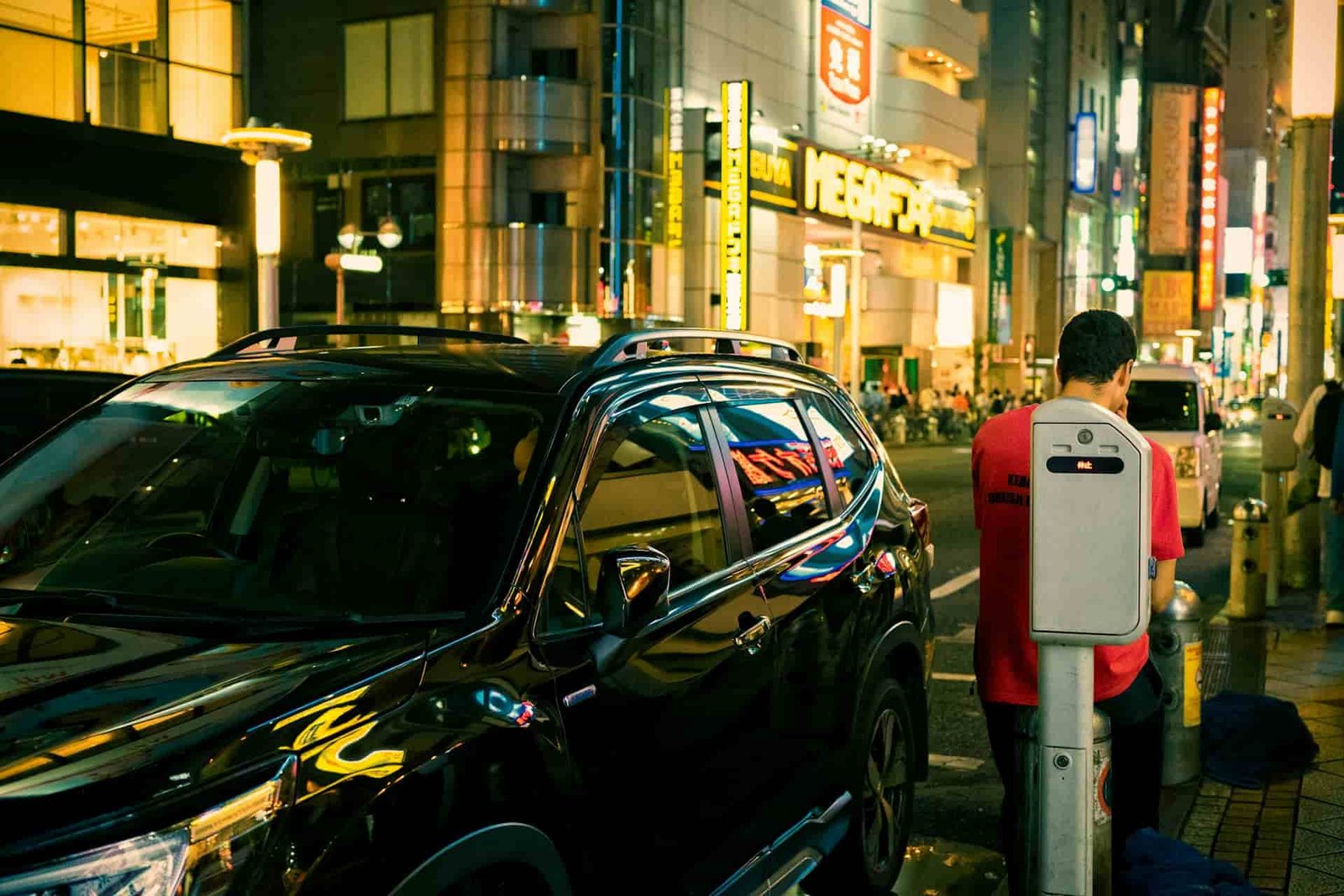Five Reasons EVs in Japan Stalled
The future looked bright for EVs in Japan. Until it all of a sudden didn’t.
Today, EV momentum has all but stalled. So what happened?
EVs in Japan have a proud and seemed destined to turn into an export adventure.
I remember test-driving an early Nissan Leaf while working as a journalist for an engineering weekly (outside of Japan). “This is the future of transportation,” I thought – and wrote. For once, the readers mainly seemed inclined to agree with me.
Launched in 2010, the Nissan Leaf would be among the world’s best-selling EVs for the early part of the decade. Since then, things have changed.
Overseas, new competitors like Tesla rose to prominence. On the home front, sales of Japanese-manufactured EVs never really took off.
Today, Japan sits at the back of the EV class, with less than 2% of new cars sold in Japan being battery electric vehicles (BEVs). For comparison, BEVs comprise 20–30% of new car sales in Europe and almost 50% in China. Even the United States, another competitor (especially in 2025) for the dunce cap of electrifying transportation, is far ahead of Japan.
So, what happened to Japan’s EV lead? Well, a lot of things. But many of them can be grouped into five major factors that stalled the progress of EVs in Japan.
Reason 1: Betting big on hydrogen
The biggest reason for the fate of EVs in Japan by far: Japan’s zero-emission bet on hydrogen.
For the better part of a decade, much of the government’s R&D budget, subsidies, and infrastructure development (not to mention the direction of Toyota) went toward fuel-cell vehicles (FCVs) and technology.
As a result, domestic automakers have delayed BEV development, betting that hydrogen would become the dominant technology. Yeah – not so much.
The result is a costly miss, a massive delay in EV development and a lack of critical mass in the home market to spur further growth.
Studies show that EV adoption tends to accelerate once a country passes the 5% “tipping point.” Japan is very much waiting to get there – if it ever gets there.
The strange thing is that Japan never got beyond 160 hydrogen fuel stations. Hence, the infrastructure for hydrogen remains missing in transit. This is something I have written about elsewhere.
Reason 2: The hybrid dominance
While the sales of BEVs have coughed and sputtered, hybrid sales have soared.
The Japanese have found the much-improved fuel economy and relatively low prices of vehicles like the Toyota Prius and Honda Fit hard to resist.
In 2023, hybrids and plug-in hybrids accounted for more than 40% of new car sales in Japan, dwarfing BEV numbers.
Reasons include how consumers see hybrids as offering tangible environmental upgrades with added fuel savings and no range anxiety. For policymakers, the hybrid boom is an easy win politically that improves ecological performance with less need to roll out EV infrastructure.

Reason 3: Weak infrastructure
If you travel along Japan’s motorways and stop at one of its futuristic rest stops, you will find spots reserved for EV charging. The futuristic part only applies to some rest stops. Pick the right ones, and you will have eye-opening experiences. Get it wrong, and it tends to be more of an eye-watering experience.
Beyond the primary transport grid and the big cities, you will struggle to find similar charging amenities.
Japan’s charging network is one of the least dense in the developed world. Japan has a public charging connector for roughly every 4,000 EVs. In Europe, the numbers are closer to one per 600; and in China, one connector per 500 EVs.
Coverage is particularly poor in rural areas. Some early chargers, installed over a decade ago at hotels and ryokan inns, have even been removed due to lack of use.
The government’s plan to increase the total to 300,000 chargers by 2030 would be a tenfold expansion. Personally, I think using the term pipe dream here would be an affront to pipe dreamers everywhere.
Reason 4 – Market mismatches
Global versus local demand is another area where Japanese EVs lag behind. The issue is that Japan’s domestic car market often dictates how its car companies develop new models.
Here, EV demand is dominated by Kei cars — small, light city vehicles capped by regulation at 660cc-equivalent output and tiny by comparison to most cars elsewhere.
The Nissan Sakura, for example, costs around ¥2 million after subsidies (about US$13,300) and offers a range of roughly 180 km. These cars fit Japanese driving patterns well, but elsewhere, EV growth is driven by larger vehicles, including SUVs, sedans, and pickups with longer range.
The range factor tends to miss the spot for Japan, as longer journeys are much easier to complete via the Shinkansen train network, rather than driving.
The home market’s bias toward Kei cars means automakers have little financial incentive to ramp up BEV production for domestic buyers, especially when higher-value export markets demand different models.
Reason 5: Supply chain and political lag
Japan’s battery supply chain is at a structural disadvantage. The country imports about 60% of its rare earths from China making it vulnerable to geopolitical, price, and trade policy risks.
The cost gap is significant, with Chinese giants like BYD able to produce batteries at a much lower price per GWh than overseas competitors.
At the same time, there seems to be a lack of political will to drive Japan toward a BEV future. For example. Japan counts hybrids as “electrified,” in its 2035 goal of 100% of new “electrified” passenger-car sales by 2035, while the EU’s 2035 rule requires 0 g CO₂/km (so only BEVs/FCEVs, with a niche e-fuels carve-out).
Is there a road to catching up?
Not to sound pessimistic, but it is difficult to see Japan’s car industry bounce back on EVs when considering previous strategic missteps. Or, for that matter, if the country is that interested in doing so.
It will demand large-scale investments of money and political backing to match or outpace the speed and scale of the countries now leading the electric transition.
For now, neither seems forthcoming anytime soon.
Header photo by Daniel Klein on Unsplash.
In article photo by ayumi kubo on Unsplash.
